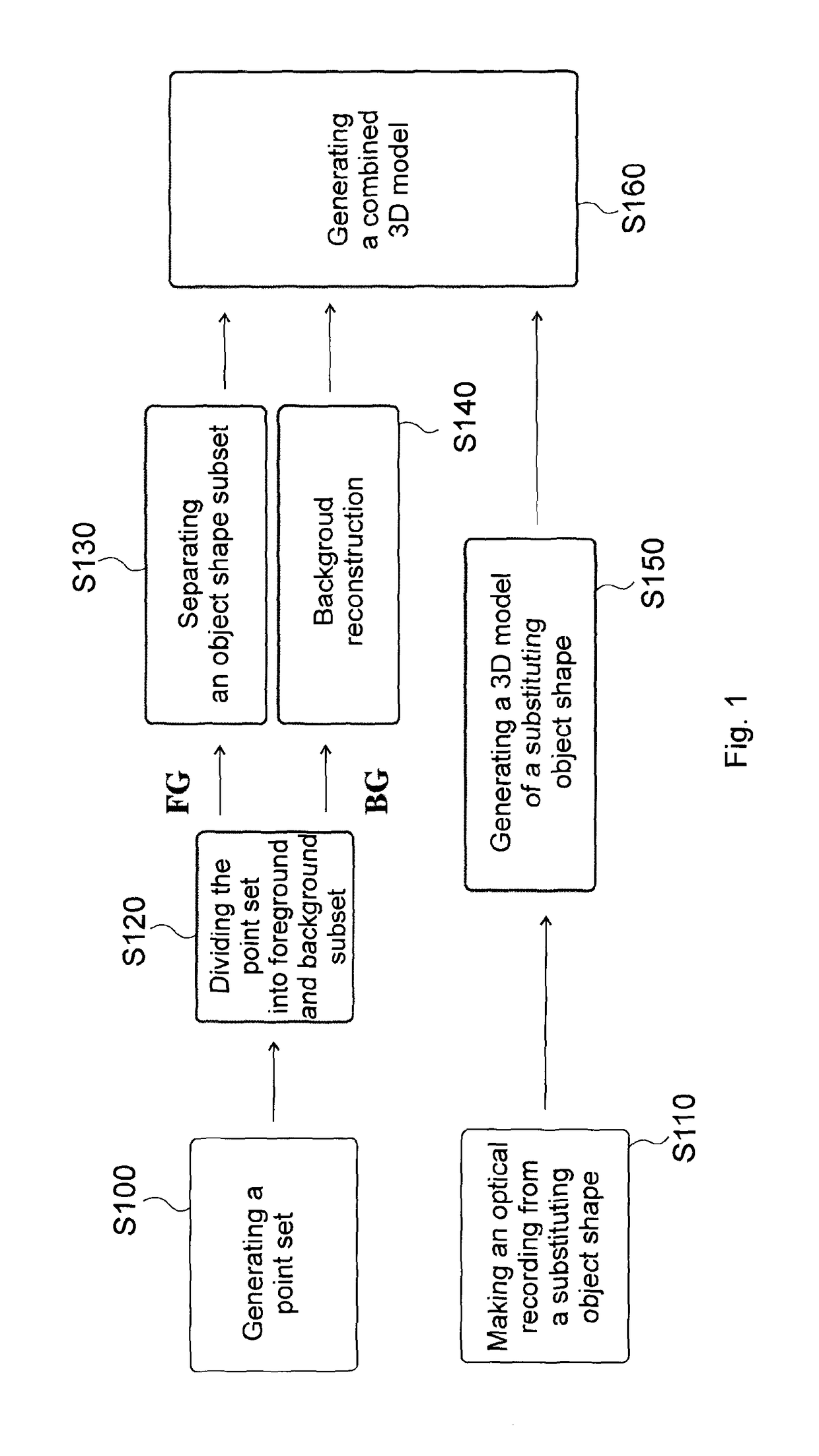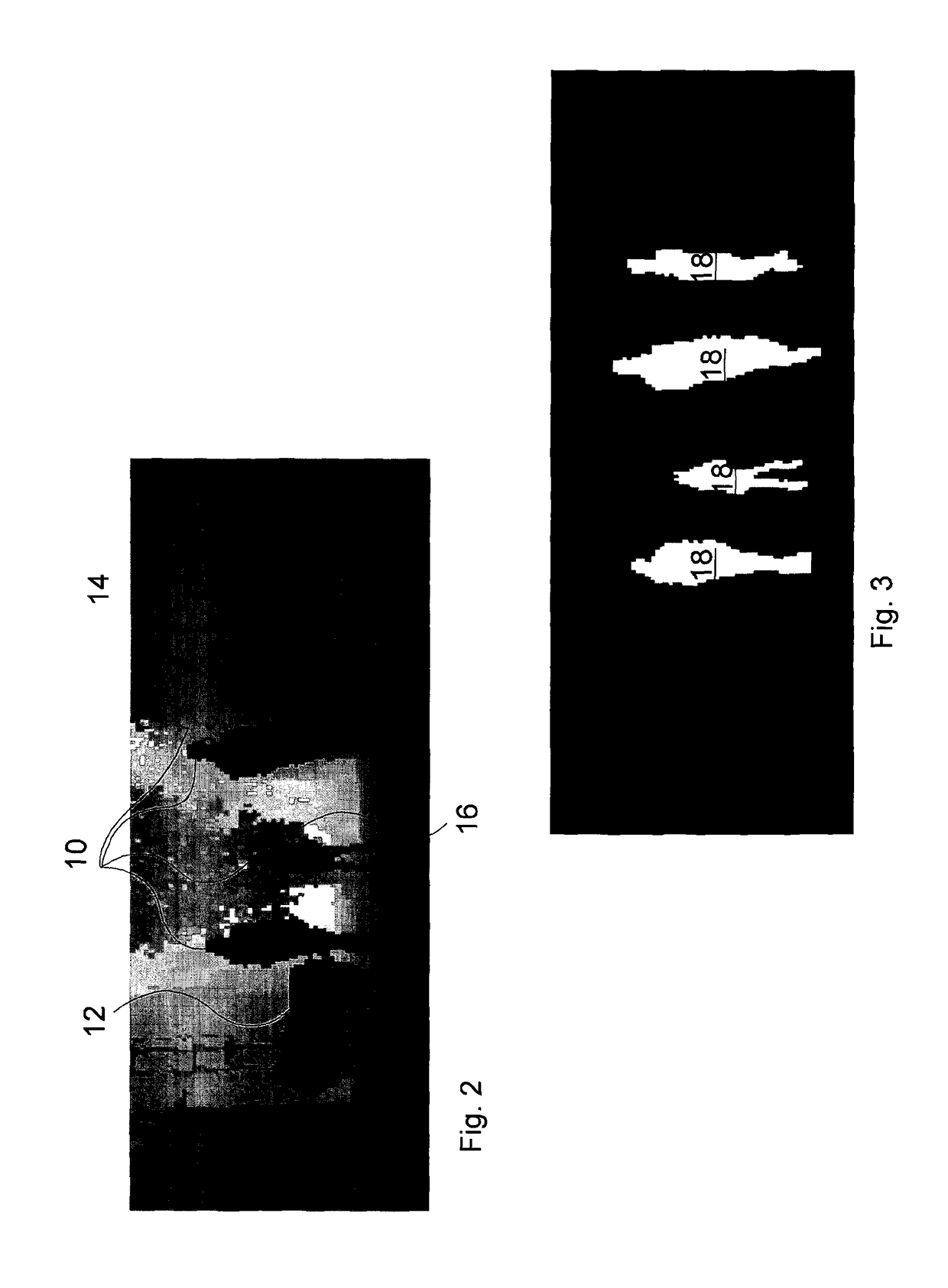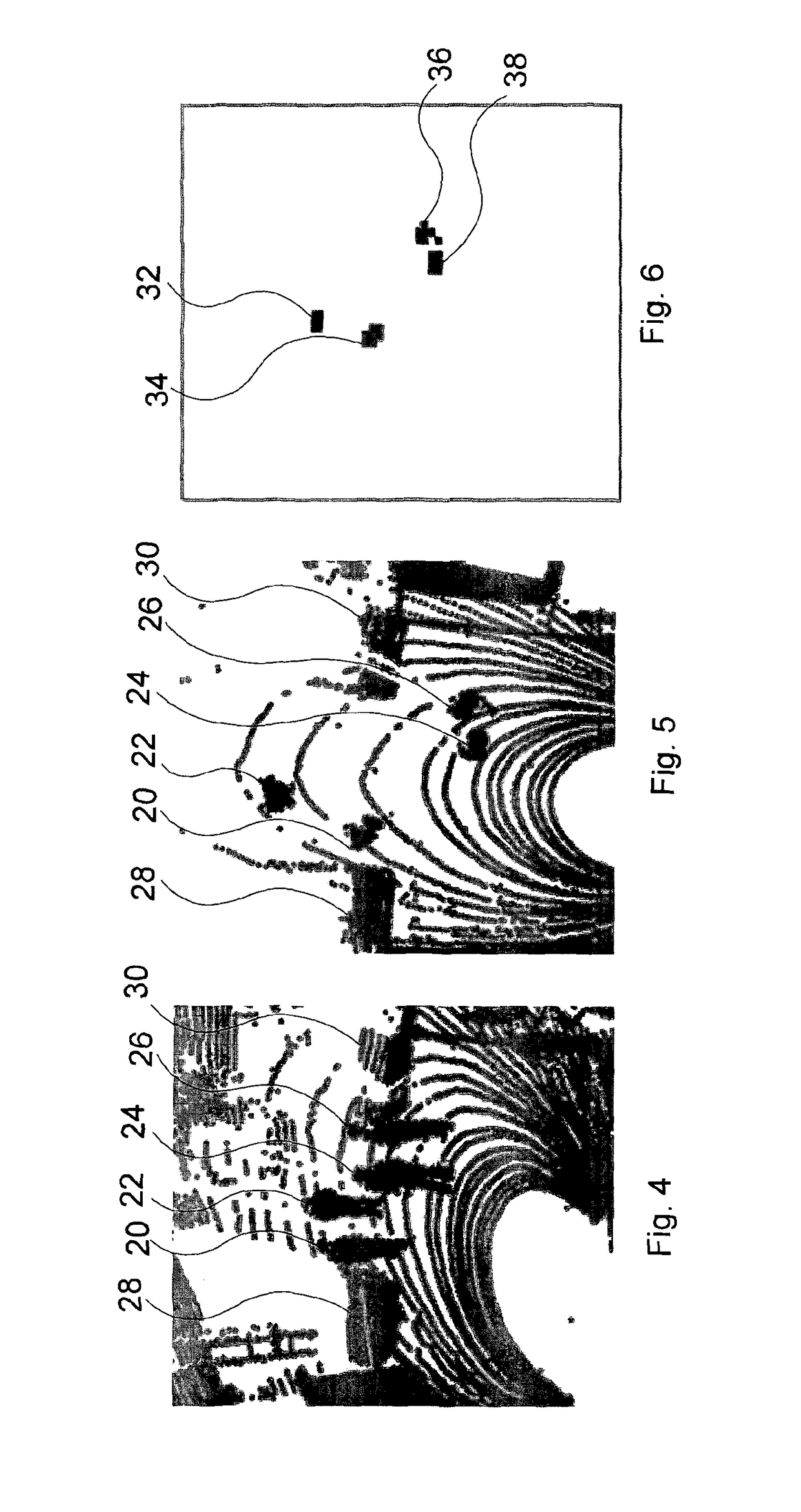Method and system for generating a three-dimensional model
a three-dimensional model and system technology, applied in the field of three-dimensional model generation, can solve the problems of difficult reconstruction process, difficult to cover, and inability to adapt to ‘covering’
- Summary
- Abstract
- Description
- Claims
- Application Information
AI Technical Summary
Benefits of technology
Problems solved by technology
Method used
Image
Examples
Embodiment Construction
[0012]The primary object of the invention is to provide such a method and a system which are free from the disadvantages of prior art solutions to the greatest possible extent.
[0013]A further object of the invention is to provide a method and a system by which the three-dimensional model of a scene can be generated substantially, that is almost, in real time in a way that some object shapes, for example, moving people, cars or other significant shapes, significant from the aspect of the scene and located in the foreground of the scene, and the three-dimensional model of some static objects are processed on the basis of optical recordings. Hence, these object shapes in the foreground have a detailed texture, while the less important details in the background are modelled on the basis of a point set corresponding to the scene and obtained by a scanning device. In this description, an object shape means all such persons or objects, who or which are located in the foreground of the exam...
PUM
 Login to View More
Login to View More Abstract
Description
Claims
Application Information
 Login to View More
Login to View More - R&D
- Intellectual Property
- Life Sciences
- Materials
- Tech Scout
- Unparalleled Data Quality
- Higher Quality Content
- 60% Fewer Hallucinations
Browse by: Latest US Patents, China's latest patents, Technical Efficacy Thesaurus, Application Domain, Technology Topic, Popular Technical Reports.
© 2025 PatSnap. All rights reserved.Legal|Privacy policy|Modern Slavery Act Transparency Statement|Sitemap|About US| Contact US: help@patsnap.com



